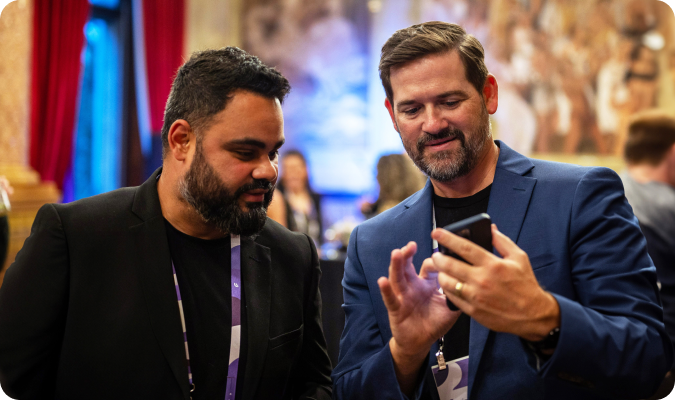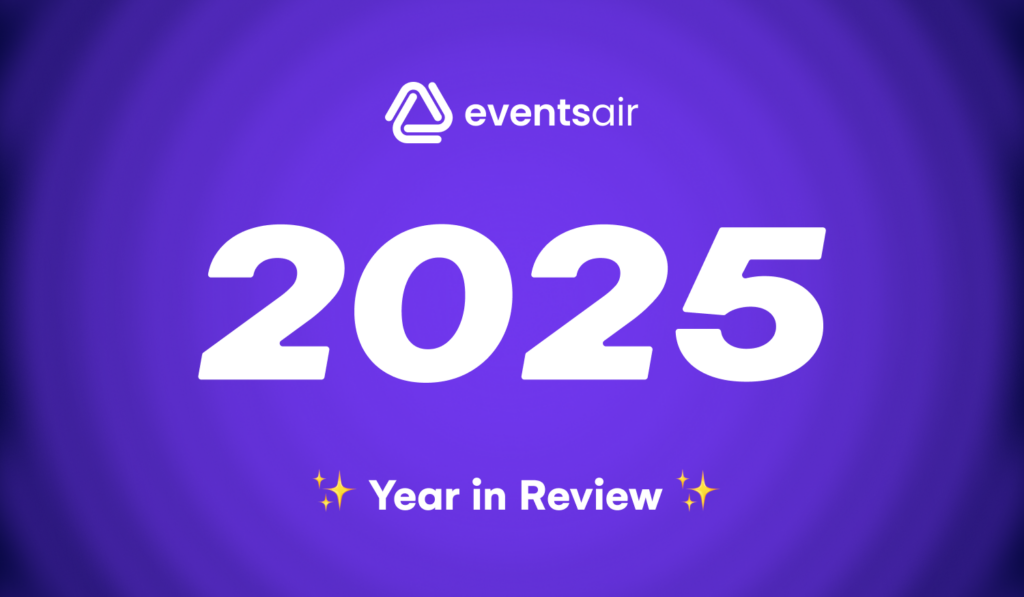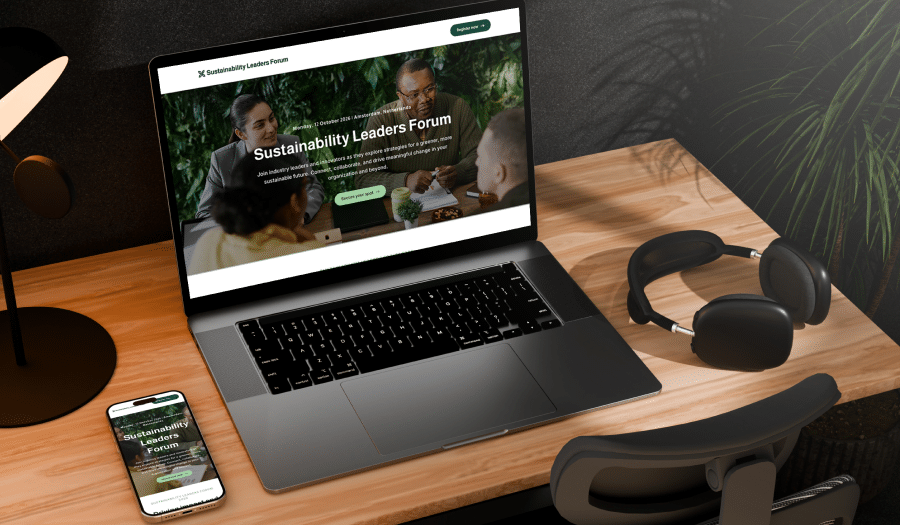
The past three years have seismically altered how the events industry views itself, its priorities, and its purpose. During the COVID-era – when events were 100% virtual – presentations, discussions and keynotes were recorded, often by default.
Since then, those recordings have been lost or forgotten. Whether they’ve been sitting on a seldom-watched YouTube channel or are stored deep within internal files, these valuable resources are underutilized, their value seemingly passed. Yet those virtual sessions, keynotes, panels, or presentations were of value to attendees during the event; it stands to reason that their value continues long after the event itself is over. Simply put, there’s an audience for them.
This realization is where savvy event planners and marketers come in. They recognize that those recordings are an untapped revenue stream. By organizing their library of content in a searchable, trackable, and digestible way, planners and marketers can open interest to those who might otherwise not have been able to participate.
On-demand content reaches a whole different audience compared to the initial event, and offering access at a reduced rate creates both a sense of value to the viewer and a passive revenue stream for the organization…. along with a list of potential new attendees for future events.
Creating this process – identifying, organizing, marketing, reporting – doesn’t have to require additional expenses for the organization.
Step 1: Audit and organize existing content
The first step toward creating a dynamic content library is content! What recordings already exist within your organization? Where are they housed? Do they need editing? Can these be organized by topic, structure, and presentation style? A clear understanding of what is available will direct your team toward marketing this content to the right potential viewers.
From there, sketch out the content around topics that interest your industry, or around expertise – there’s no wrong answer here, provided your organization of content makes sense to you and your audience.
Step 2: Building your content library
Once your content is identified, the next step is to build your library. Having a management system that offers branded marketing, registration, payment, and reporting, as well as a content library functionality all-in-one-place, is crucial. That single source of truth builds familiarity for your users as well as provides you with an organized venue to house ongoing content.
Step 3: Maximizing content marketing potential
Marketing your on-demand content library goes far beyond your existing database; think of it as the optimal introduction between your organization and the rest of the world!
From potential future attendees to future speakers or sponsors, having a robust collection of recorded content serves as an ongoing marketing tool as well as evidence of your organization’s proficiency and voice as a subject matter expert.
With a short registration form that takes interested parties directly from payment to your library, ease of use lowers that barrier to entry – opening opportunities at every level of your events.
Step 4: Leveraging deep reporting and analytics
Your library is organized, your registration site is set up, your marketing has gone out, and you *think* that there’s an audience for what you’ve shared.
What content has been popular? What hasn’t been watched as much? Where have these viewers come from? How do you know?
Well, thanks to deep reporting and analytics, you’ll be able to easily see what topics are most popular, how long people are watching on average plus more.
The ability to both knows your viewership and understand the specific data about each person not only helps your organization to hone your marketing strategies going forward but also provides a list of potential new attendees – ones who have already shown interest in your event content. This is where robust reporting comes in.
In EventsAir, communications, registrations, content libraries, and reporting are a seamless flowing process, housed in one place. There are no unexpected costs, no hidden fees, no extra apps, and no advertising. Setting up a content library as an alternative source of revenue as well as a repository for all your SME credentials is an easy, intuitive process, one that will only grow in value and information as your organization grows.
Ready to leverage your virtual content?
In conclusion, the events industry has witnessed a transformative shift over the past few years, and virtual content has emerged as an untapped revenue stream. Savvy event planners and marketers can harness the power of on-demand content by creating a dynamic content library, leveraging it as a marketing tool, and utilizing deep reporting and analytics to understand audience preferences better.
EventsAir offers a seamless solution for organizing, marketing, and tracking virtual content, ensuring a valuable resource for both attendees and potential future participants. By embracing this innovative approach, event organizers can secure a brighter future for their organizations, reaching new heights of success and engagement. Take the first step towards an enriched event experience with a free demo of EventsAir today!
Best Practice | Event Marketing | Event Planning & Management | Event Technology & Apps
See EventsAir in action
Discover why 12,000+ event professionals trust EventsAir to deliver effortless events, every time.




